What Is the State Flower of Nevada? History, Characteristics, & Uses
-
Pete Ortiz
- Last updated:
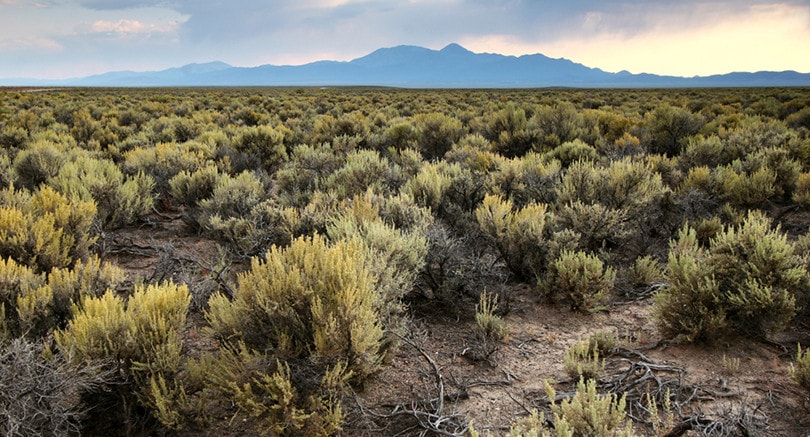
Nevada has various state symbols, one being the state flower, which is the sagebrush. The sagebrush is a perennial shrub that grows in the western United States and Canada. This flower is common in different areas throughout Nevada.
The sagebrush is treated as a special symbol by both residents and visitors. It’s often seen on license plates. Besides, it’s used as a symbol for businesses and organizations. It’s also included in artwork or photography depicting Nevada’s landscape. We’ll look at the uses of the Nevada state flower later in this article.
Origin of the Sagebrush
The scientific name of sagebrush is Artemisia tridentata. The name Artemisia is derived from the Greek goddess ‘Artemis.’
Sagebrush grows in dry, sandy areas with little water and low humidity. It is native to the mountain slopes and semi-arid plains of western North America. These regions are dry, so they cannot support grasslands and forests.
You can also find sagebrush growing in other parts worldwide, including Southern America, Central Asia, and Southern Africa.
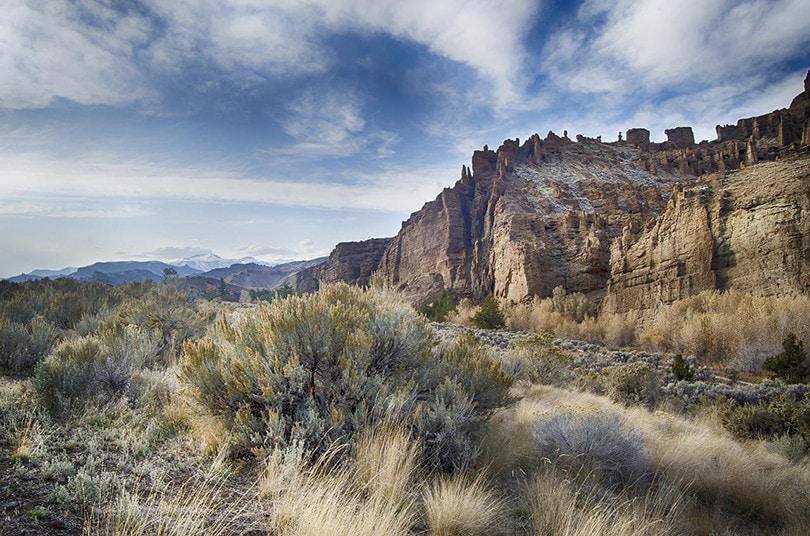
Characteristics of Sagebrush
Sagebrush is the most widespread plant in western North America. It also consists of many sub-species, including little sagebrush (Artemisia arbuscula) and gray sagebrush (Artemisia cana).
Take a look at several characteristics of sagebrush¹.
Flowers
The flowers are small pale-yellow tubular clusters that grow at the ends of branches, usually blooming in late summer. They appear in clusters (inflorescence) on long stems above the foliage. They bloom for several weeks before dying off.
The fruit is an achene, meaning it has one hard seed inside it. The achene is also covered with silky hairs, so it can easily catch on animal fur or clothing for dispersion. It can also disperse by wind or water.
Sagebrush flowers produce both nectar and pollen for insects to eat, but there aren’t many pollinating insects in sagebrush habitats. There are only a few flowering plants nearby.
Stem
Sagebrush stems are woody with many branches on some species and few branches on other species. Some branches may be thick, while others are thin and slender.
Usually, the stem’s branches are covered with tiny hairs known as trichomes, which form a dense mat over the surface of the stem and branches.
The stem color varies depending on the age of the plant. Young stems are green, while older stems turn gray or brown as they age.
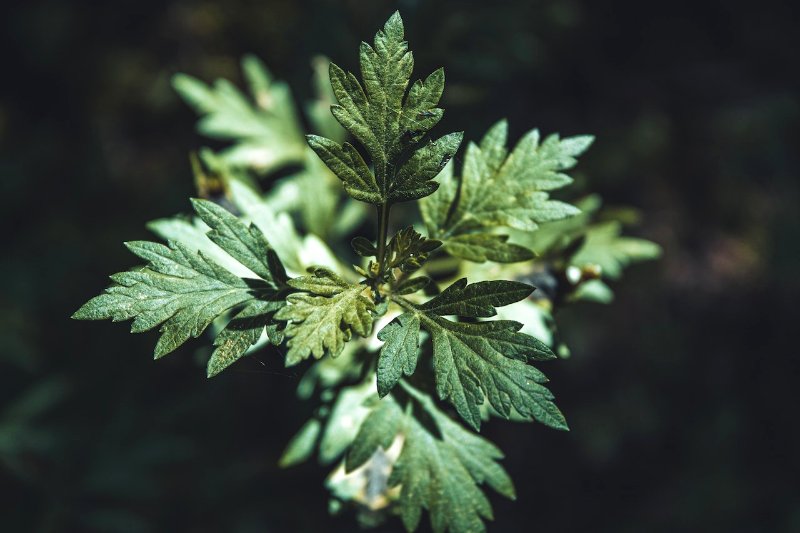
Height
The sagebrush is a shrub or small tree that grows to about 3 to 6 feet tall, but some varieties can reach 12 feet.
Habitat
Sagebrush grows best in dry areas with sandy or gravelly soil where it can receive plenty of sunlight. These plants also need little water to survive. So, they’re often found in dry areas where there isn’t much rain or snowfall during the year. You can find sagebrush in dry flats, rocky hill slopes, plains, and ridges.
The plant can survive in many different habitats because it’s drought-tolerant. Its roots reach deep into the soil to find water when needed.
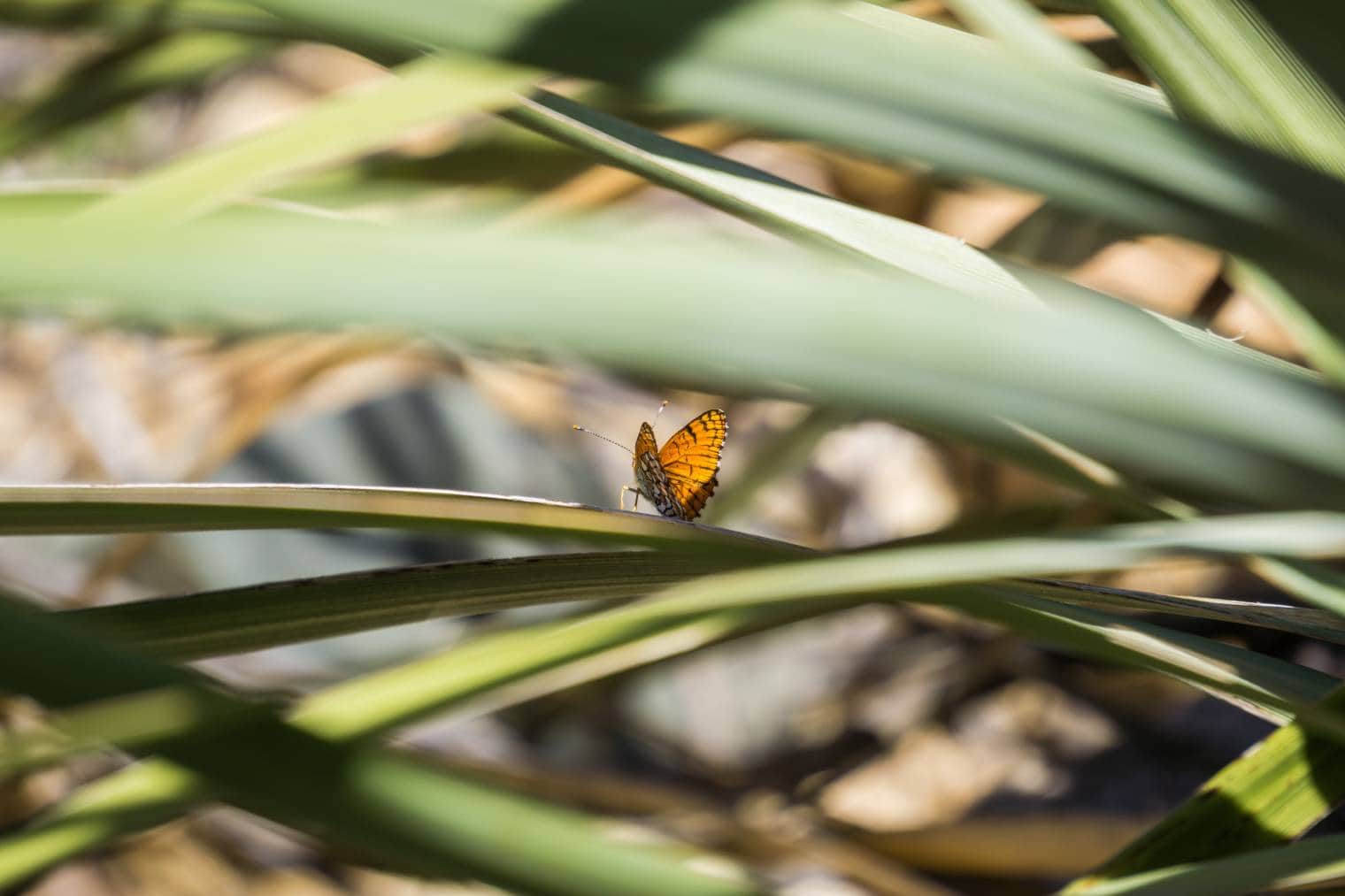
Leaves
Sagebrush has compound leaves with many small leaflets and scalloped edges. Each leaf is 5 to 7 centimeters long and grows on one side of the stem.
The leaves are covered in fine hairs, which give them a grayish-green color. They’re also evergreen and blend in well with their surroundings. The leaves have a spicy scent when crushed, which comes from terpenoids produced by glands on the leaf surface.
How Did Sagebrush Become the Official State Flower of Nevada?
In 1917, the sagebrush was designated as the state flower of Nevada. It was chosen by the Nevada General Assembly and the Senate. That’s why Nevada is nicknamed ‘the sagebrush state.’
Sagebrush is a symbol of Nevada’s agricultural legacy. It has been a crucial part of Nevada’s economy for many years. It was selected as Nevada’s state flower because it represented the desert environment in Nevada. The plant symbolizes hard work, self-reliance, and independence.
Another reason sagebrush was designated as the Nevada state flower is that it’s prevalent in the region. Nevada has a dry climate, and the soil cannot hold water well. These are perfect conditions for sagebrush to thrive.
The sagebrush has a rich historical background in Nevada. It even appears in the state song and flag.

Uses of Sagebrush
Medicinal Uses
Sagebrush is widely used to treat various ailments¹. It can be used as an antiseptic, emollient, and a topical treatment for wounds. It has been used by Native Americans to cure coughs and colds and to treat headaches, arthritis, and inflammation. It is also used with other herbs to treat sore throat and skin ailments such as eczema.
Culinary Uses
Some species of sagebrush leaves have a delectable mint-like aroma, but some are pungent. The leaves can be used to make tea. Just boil the gathered leaves in water for a few minutes. Sagebrush is often used as an ingredient in herbal teas, which helps treat colds and flu.
Cosmetic Uses
Sagebrush can be used in several ways to help you look your best. It has been used for centuries as a facial cleanser, exfoliator, and skin toner. If you want to treat falling hair and dandruff, you can use an infusion of sagebrush leaves.
Other State Symbols in Nevada
Every state in America has its history, culture, and natural beauty. People in each American state have chosen a couple of symbols to represent their state.
Besides the state flower, Nevada has other state symbols. They include trees, mammals, fish, and songs. Here are some state symbols used in Nevada.
State Mammal: Desert Bighorn Sheep
The desert bighorn sheep was designated as the official state mammal of Nevada in 1973. It’s found in several western states including Arizona and California. These sheep live in rocky desert habitats in small herds. They like climbing on the rocks.
The desert bighorn sheep is considered one of North America’s most endangered species due to habitat destruction. The sheep’s horns were used for ceremonial purposes by many Native American tribes. They were also hunted for food.
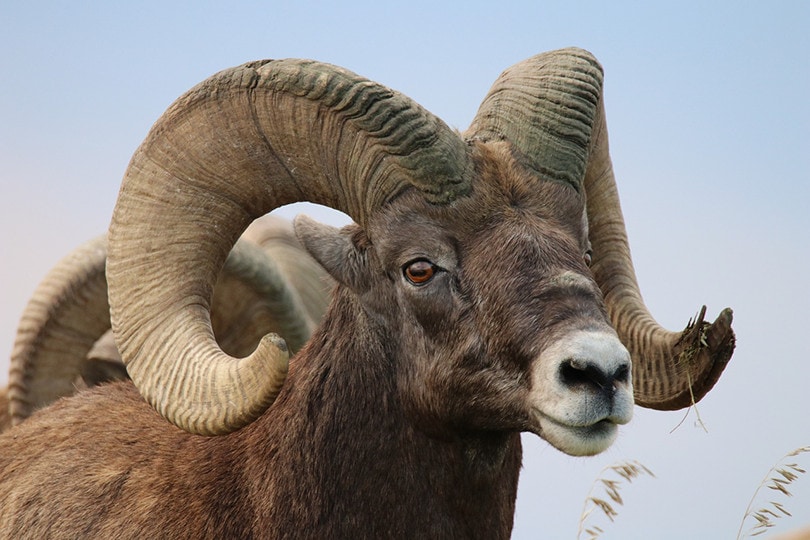
State Fish: Lahontan Cutthroat Trout
The Lahontan cutthroat trout was designated as the official state fish by the Nevada legislature in 1981. It is a member of the Salmonidae family and is native to Nevada. The fish has a tan or brown body with spots on its back and sides and orange spots near its mouth. The male Lahontan cutthroat trout has larger spots than females do.
State Song: Home Means Nevada
The state song of Nevada is “Home Means Nevada” written by Bertha Rafetto. It was adopted as the state song in 1933.
State Insect: Vivid Dancer (Argia vivida)
The Vivid Dancer is Nevada’s official state insect¹ chosen because of its vibrant colors symbolizing Nevada’s bright future. This insect is also the state’s only endemic species and can be found near water sources throughout the state, especially in the west. You can recognize it easily due to its electric blue color intersected with a black pattern.
State Tree: Great Basin Bristlecone Pine (Pinus longaeva) and Single-Leaf Pinyon (Pinus monophylla)
The Great Basin bristlecone pine (Pinus longaeva) and single-leaf pinyon (Pinus monophylla) are the state trees of Nevada.
The single-leaf pinyon pine was the first to be designated in 1953. The Great basin bristlecone pine followed in 1987.
Both trees can reach heights of 30 to 60 feet tall with trunks of up to 3 to 10 feet in diameter. The single-leaf pinyon is the smaller of the two trees. It grows in the mountains of central Nevada, Arizona, and Utah. It has needles growing in pairs instead of singly like other pines.
State Bird: Mountain Bluebird
The mountain bluebird is a common sight in Nevada. Its range extends throughout the western United States. It was adopted as the official state bird of Nevada in 1967. It is a small bird with a rich blue plumage. These birds nest on ledges or cliffs in open areas like meadows and along mountain ridges.
 Conclusion
Conclusion
In the end, you can see why Nevada selected the sagebrush as its state flower. This plant is native to Nevada. It grows throughout the arid desert and surrounding mountain prairies that comprise most of the state.
The state flower embodies so many crucial qualities that characterize this beautiful region. It also represents the beautiful and rugged landscape of Nevada. Now you know how crucial sagebrush is to the people of Nevada.
We hope you’ve learned more about the Nevada state flower and its impact on this state. If you happen to visit Nevada, take a moment to enjoy the beautiful state and learn about its state symbols.
Featured Image Credit: Brendan Bucy, Shutterstock
Contents


